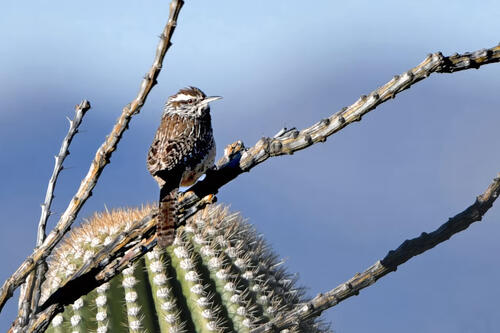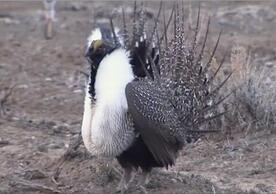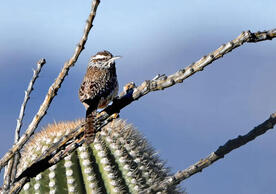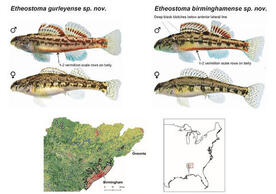
As rising global temperatures alter ecosystems worldwide, animal species usually have two choices: adapt to changing local conditions or flee to a cooler clime. Ecologists have long assumed that the world’s bird species were best equipped to respond to the pressures of climate change simply because they have the option of flying to higher altitudes or towards global poles.
But a new Yale study finds that few bird species are able to escape the realities of a warming world.
The findings were published May 28 in the journal Nature Ecology and Evolution.
“They can’t move fast enough or far enough to keep up with how quickly climate change is occurring,” said Jeremy Cohen, the study’s lead author. He is an associate research scientist in Yale’s Department of Ecology & Evolutionary Biology and member of the lab of co-author Walter Jetz.
Jetz, a professor of Ecology & Evolutionary Biology in Yale’s Faculty of Arts and Sciences and YIBS faculty affiliate, is also director of the Yale Center for Biodiversity and Global Change and Jack and Laura Dangermond Scientific Chair of the E.O. Wilson Biodiversity Foundation.
For the study, Cohen and Jetz analyzed data on the movements of 406 species of North American birds collected from citizen observers over two decades as well as corresponding local temperature changes. They found that many of the assumptions they’d made about how bird species are responding the climate change were correct. During summer, for instance, bird species on average relocated between 40 and 50 miles northward during the period covered in the data — and sometimes relocated to higher elevations. And, on average, the northbound movement helped birds avoid a temperature increase of about 1.28 degrees Celsius — or about half of the temperature increase they would have experienced if they stayed put.
But, on average, birds still experienced a 1.35-degree Celsius increase in temperature during the summer months compared with temperatures in their original home range. During winter months, birds had only minimal success in limiting their exposure to warming, experiencing only 11% less warming than had they not moved. In winter, birds experienced on average a whopping 3.7-degree Celsius increase in temperatures over the 20 years, reducing their potential exposure only by half a degree via their movement north.
Birds’ ability to escape higher temperatures also varied by species. Overall, more than 75% of birds managed to reach slightly cooler climes in response to warming temperatures. But some species, like the cactus wren, which is native to deserts and arid systems in North America, did not move at all, making them more susceptible to climate-triggered changes to their environmental niches. These so-called climatic “niche shifters” could be limited in flight capability or prevented from leaving their current home environment or competing for them in new locations by specific fine-scale habitat needs and ecological dependencies.
For more information, click here for an article published by Yale News or here for the full study in Nature Ecology and Evolution.



